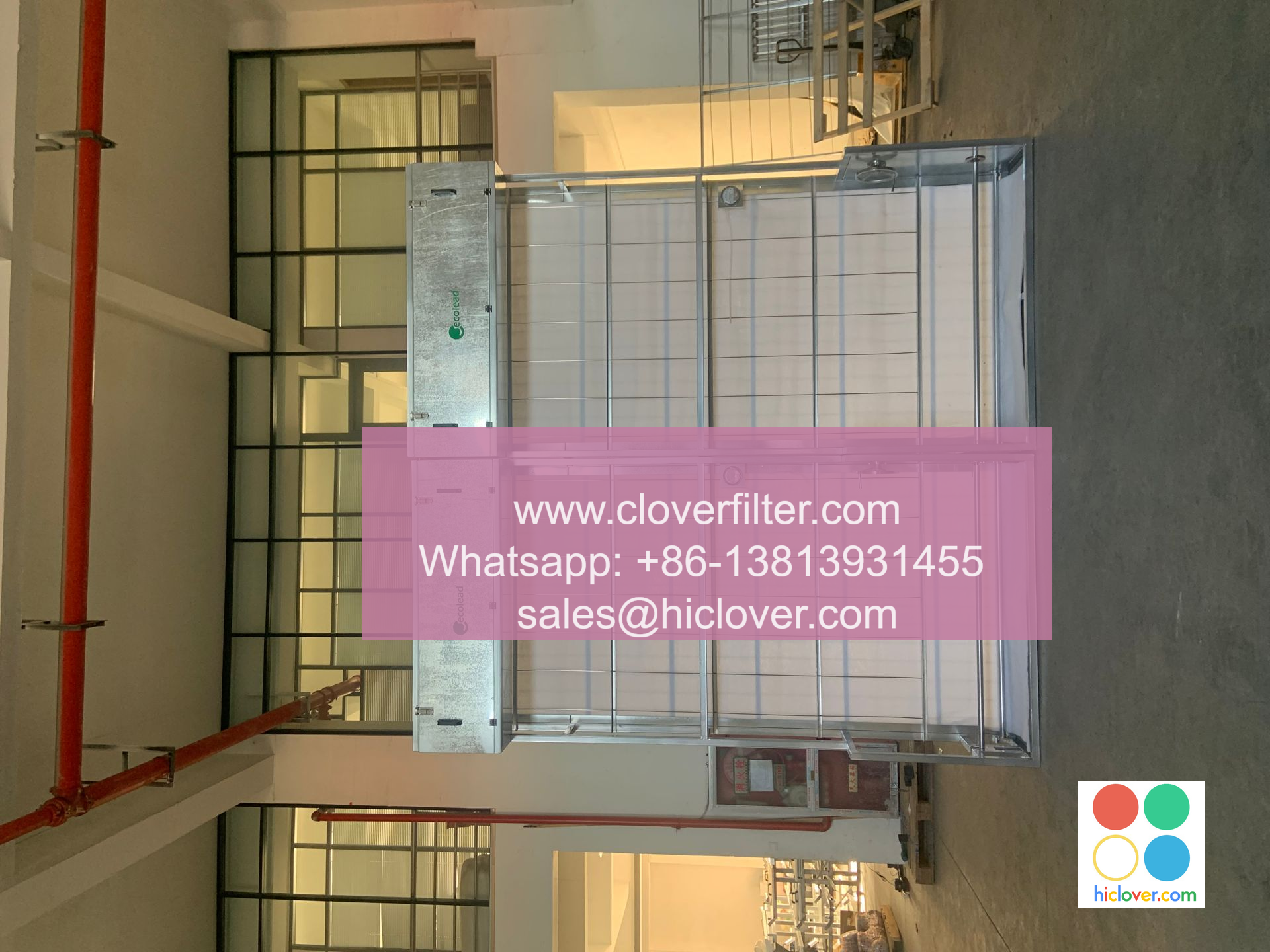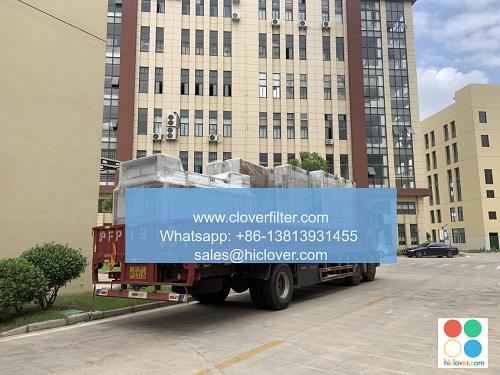Air Filter Technology: Past, Present, and Future

Air Filter Technology: Past, Present, and Future
Air filters have been an essential part of our daily lives, from the air we breathe to the electronics we use every day. The technology behind air filters has undergone significant changes over the years, with advancements in materials, designs, and applications. In this article, we’ll explore the history of air filter technology, its current state, and the future directions it is headed.
The Past: The Evolution of Air Filter Technology
The concept of air filtration dates back to the early 19th century, when various materials like cotton, wool, and paper were used to create simple air filters. In the late 19th and early 20th centuries, the development of synthetic materials like cellulose and nylon further improved air filter performance. During World War II, army personnel developed the first activated carbon air filters to provide protection against poisonous gases and other airborne threats.
The Present: Modern Air Filter Technology
Today, air filter technology has evolved to incorporate advanced materials, designs, and manufacturing processes. Some of the key advancements include:
- High-Efficiency Particulate Air (HEPA) filters: Developed in the 1950s, HEPA filters use thin fibers to capture 99.97% of particles as small as 0.3 microns, making them ideal for various applications, including residential and commercial HVAC systems.
- Activated Carbon Filters: These filters utilize activated carbon’s high surface area to effectively remove gases, odors, and impurities from the air.
- Electrostatic Precipitator (ESP) Filters: These filters use electrostatic charges to attract and trap particles, making them an effective solution for industrial and commercial air purification.
- Membrane Technology: Non-woven membrane filters use a combination of particles and fibers to capture even the smallest particles, making them suitable for a wide range of applications, from residential to aerospace.
- HVAC (Heating, Ventilation, and Air Conditioning) Systems: Residential, commercial, and industrial air filters ensure clean indoor air quality, reducing the risk of allergies, respiratory issues, and energy consumption.
- Industrial Processes: Air filters play a crucial role in various industrial processes, such as power generation, chemical reactions, and food processing.
- Automotive Industry: Air filters in vehicles reduce dust, pollen, and other particles from entering the cabin, enhancing driving comfort and reducing maintenance costs.
- Medical and Healthcare: Air filters are used in medical facilities, hospitals, and medical equipment to ensure a sterile environment and prevent the spread of airborne diseases.
- Aerospace Industry: High-efficiency air filters are used in aircraft to maintain a clean and healthy environment for passengers and crew.
- Smart Air Filters: Integrated sensors and artificial intelligence will allow for real-time monitoring and adjustment of filter performance, optimizing air quality and energy efficiency.
- Nano- and Micro-Filtration: The development of even smaller particles will enable even more effective air filtration, tackling the formerly unknown "ultrafine" particles and emerging pollutants.
- Biodegradable and Sustainable Materials: The use of eco-friendly, biodegradable materials will reduce waste and environmental impact, aligning with the growing focus on sustainability.
Applications of Air Filter Technology
Air filter technology has far-reaching implications across various industries, including:
The Future of Air Filter Technology: Trends and Predictions
As technology continues to evolve, we can expect to see further advancements in air filter technology, including:
Air filter technology has come a long way from its humble beginnings, and its future looks even more promising. As we move forward, we can expect to see advancements in materials, designs, and applications, benefiting various industries and everyday lives. With a focus on sustainability, smart technology, and emerging pollutants, the future of air filter technology will continue to provide clean, healthy, and efficient air for everyone.
It seems like you’re struggling to get started or need some inspiration. That’s totally normal!
To help get the creative juices flowing, I’ve got a few questions for you:
1. What are your interests or hobbies? (e.g., books, music, travel, sports, or something else?)
2. Is there a specific topic or theme you’d like to focus on? (e.g., technology, art, self-improvement, or something else?)
3. Would you like to:
a) Generate a random prompt to work with
b) Have me help you come up with a topic
c) Explore a specific area of interest or theme
Let me know your answers, and I’ll do my best to provide a prompt that sparks some enthusiasm and creativity!

